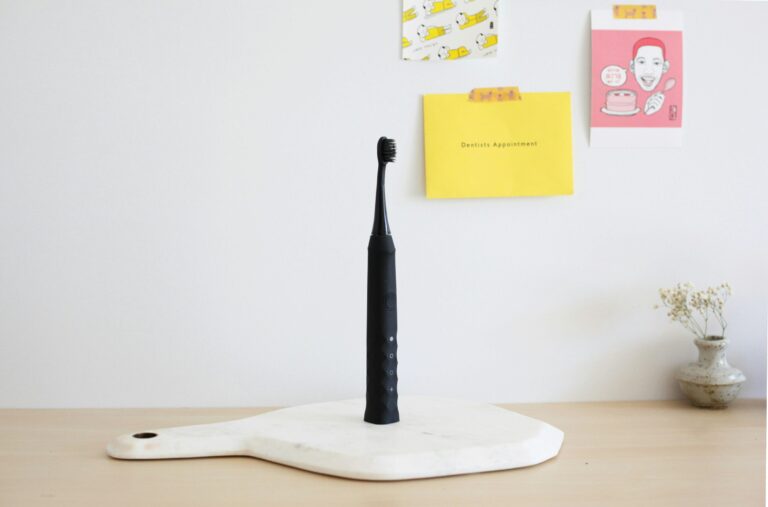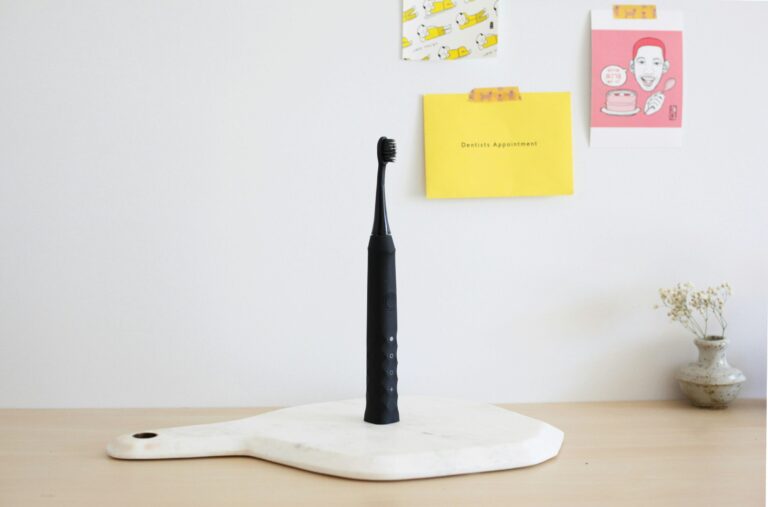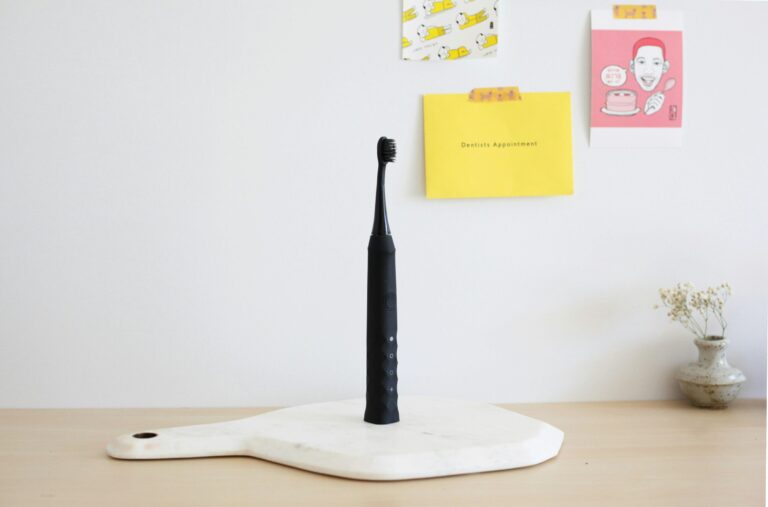Choosing the right toothbrush is crucial for maintaining good oral hygiene and preventing dental issues such as cavities and gum disease. With so many options available on the market, from manual to electric, soft to firm bristles, selecting the perfect toothbrush can feel overwhelming. However, understanding your dental needs and considering key factors such as bristle type, size, and handle design can help simplify the decision-making process.
In this comprehensive guide, we’ll explore how to choose the right toothbrush for your dental needs. Whether you’re shopping for yourself or your family, these expert tips will ensure that you select a toothbrush that promotes optimal oral health and makes brushing a breeze.
Factors to Consider When Choosing a Toothbrush
1. Bristle Type
One of the most important factors to consider when choosing a toothbrush is the type of bristles it has. Toothbrush bristles typically come in three varieties: soft, medium, and hard. While it may seem logical to opt for a toothbrush with firmer bristles for a more thorough clean, dentists actually recommend soft bristles for most people.
Soft bristles are gentle on the gums and tooth enamel, making them ideal for daily brushing without causing damage or irritation. Medium and hard bristles can be too abrasive and may cause gum recession or enamel erosion, particularly if used with excessive pressure.
2. Size and Shape
The size and shape of a toothbrush head also play a significant role in its effectiveness. Ideally, you want a toothbrush head that comfortably fits into your mouth and allows you to reach all surfaces of your teeth, including the back molars.
A smaller, compact head may be preferable for those with smaller mouths or difficulty maneuvering a larger brush. Additionally, consider the shape of the toothbrush head—some designs are angled or tapered to better reach difficult-to-access areas, such as behind-the-back teeth or along the gumline.
3. Handle Design
The design of the toothbrush handle can impact your brushing experience and overall comfort. Look for a toothbrush with a handle that feels comfortable and easy to grip, allowing for better control and maneuverability during brushing.
Some toothbrushes feature ergonomic handles with textured grips or flexible rubber inserts to prevent slippage and provide a secure hold, particularly when wet. Additionally, consider the length and thickness of the handle—choose a size that feels comfortable in your hand and allows for effortless brushing motions.
4. Manual vs. Electric
Another decision to make when choosing a toothbrush is whether to opt for a manual or electric model. Both types of toothbrushes can effectively clean the teeth when used correctly, but each has its own advantages and disadvantages.
Manual toothbrushes are affordable, portable, and come in a wide range of styles and designs. They also allow for more precise control over brushing pressure and technique.
On the other hand, electric toothbrushes are often praised for their superior cleaning power and built-in features such as timers and pressure sensors. They can be particularly beneficial for those with limited dexterity or mobility issues.
5. Additional Features
When selecting a toothbrush, consider any additional features or extras that may enhance your brushing experience. Some toothbrushes come with built-in tongue scrapers or cheek cleaners to promote overall oral hygiene.
Others may have indicator bristles that fade over time to signal when it’s time to replace the brush head. While these features aren’t essential, they can be convenient additions that contribute to a more thorough clean, and healthier mouth.
Conclusion
Choosing the right toothbrush is an essential step in maintaining optimal oral health and preventing dental issues. By considering factors such as bristle type, size, handle design, and additional features, you can select a toothbrush that meets your dental needs and preferences. With the right toothbrush in hand, you’ll be well-equipped to achieve a bright, healthy smile for years to come.
Frequently Asked Questions (FAQs)
1. Is it better to use a manual or electric toothbrush?
Both manual and electric toothbrushes can effectively clean the teeth when used correctly. However, electric toothbrushes are often praised for their superior cleaning power and built-in features such as timers and pressure sensors. They can be particularly beneficial for those with limited dexterity or mobility issues. Ultimately, the choice between a manual and an electric toothbrush comes down to personal preference and individual dental needs.
2. What type of bristles should I look for in a toothbrush?
Dentists generally recommend opting for a toothbrush with soft bristles for most people. Soft bristles are gentle on the gums and tooth enamel, making them ideal for daily brushing without causing damage or irritation. Medium and hard bristles can be too abrasive and may cause gum recession or enamel erosion, particularly if used with excessive pressure.
3. How often should I replace my toothbrush?
It’s recommended to replace your toothbrush every three to four months, or sooner if the bristles become frayed, worn, or splayed. Using a worn-out toothbrush can be less effective at removing plaque and bacteria, leading to poor oral hygiene and potential dental issues. Additionally, be sure to replace your toothbrush after recovering from an illness to prevent the spread of germs.
4. Are there any special considerations for children’s toothbrushes?
When selecting a toothbrush for children, consider factors such as size, bristle softness, and design. Choose a toothbrush with a smaller head and soft bristles that are gentle on their developing teeth and gums. Look for child-friendly features such as colorful designs, fun characters, or built-in timers to make brushing more enjoyable and engaging for kids.
5. Can I use the same toothbrush as my partner or family members?
While it may be convenient to share a toothbrush with a partner or family member, it’s generally not recommended for hygiene reasons. Sharing toothbrushes can transfer bacteria and germs between individuals, increasing the risk of oral infections and illnesses. To maintain optimal oral hygiene, it’s best for each person to use their own toothbrush and replace it regularly.



